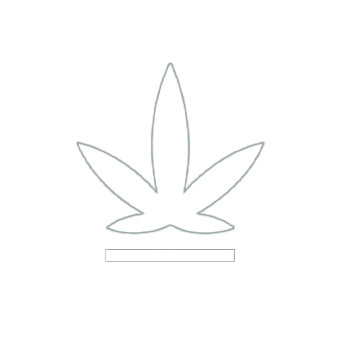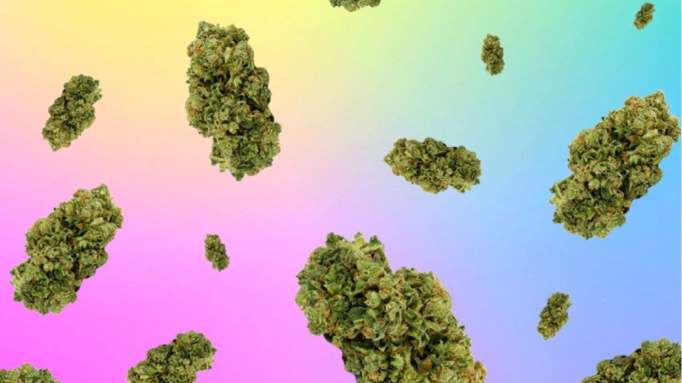A recent study is showing that youth in America are smoking more marijuana than ever before, but their consumption in alcohol habits are going down.
The study was published in the peer-reviewed journal Clinical Toxicology, pinpointing precisely 338,727 instances of intentional abuse or misuse amongst American children aged 6-18. Americans did a fairly good job of keeping drugs away from young children, however, as most of the cases involving smaller children 6-12 were accidental and usually involving over-the-counter items such as vitamins and hormones.
The findings showed that among American youth, cannabis use rose 245% since 2000 in the U.S., while alcohol abuse has steadily declined over the same period showing that young people are ditching alcohol for marijuana.
“Ethanol abuse cases exceeded the number of marijuana cases every year from 2000 until 2013,” stated Dr Adrienne Hughes, Assistant Professor of Emergency Medicine at Oregon Health & Science University, one of the authors of the study. “Since 2014, marijuana exposure cases have exceeded ethanol cases every year, and by a greater amount each year than the prior.”
“These edible and vaping products are often marketed in ways that are attractive to young people, and they are considered more discrete and convenient,” says Hughes.
Researchers pointed out what most of us already know: that problems associated with cannabis usually involve edibles that take hours to creep up.
“Compared to smoking cannabis, which typically results in an immediate high, intoxication from edible forms of marijuana usually takes several hours, which may lead some individuals to consume greater amounts and experience unexpected and unpredictable highs,” says Hughes.
Researchers noted 57,488 incidents involving children aged just 6 to twelve, but they were cases involving vitamins, plants, melatonin, hand sanitizers, and other typical household objects.
A slight majority of cannabis ingestions were noted in males versus females at 58.3%, and more than 80% of all reported cannabis exposure cases occurred in teens aged 13 to 18.
The report illustrates how drugs fall into and out of favor over time. Dextromethorphan—the most reported substance over the study period—peaked in 2006, but has fallen out of favor among American youth.
Youth alcohol abuse peaked over 20 years ago back in 2000, when the largest number of abuse cases involved exposure to ethanol. Since then, child alcohol abuse has steadily declined over the years.
Cannabis cases, on the other hand, remained relatively stable from 2000 to 2009, with a rise in cases beginning in 2011, and a more acute rise in cases from 2017 to 2020.
The same pattern can be seen as fewer American youth are drinking alcohol. Changes in the types of cannabis products that are being consumed is also apparent. But the rise in unpleasant edible experiences is a concern for the team of researchers.
“Our study describes an upward trend in marijuana abuse exposures among youth, especially those involving edible products,” says Hughes.
“These findings highlight an ongoing concern about the impact of rapidly evolving cannabis legalization on this vulnerable population.”
The findings are not exactly conclusive: Previous, federally funded data dismisses the theory that legalization measures have a correlation with increased teen use of cannabis.
A study published in November in the journal American Journal of Preventive Medicine found that cannabis legalization “was not significantly related” to “the probability or frequency of self-reported past-year cannabis use” by teens. It also found that “youth who spent more of their adolescence under legalization were no more or less likely to have used cannabis at age 15 years than adolescents who spent little or no time under legalization.”
Sourced from: High Times




